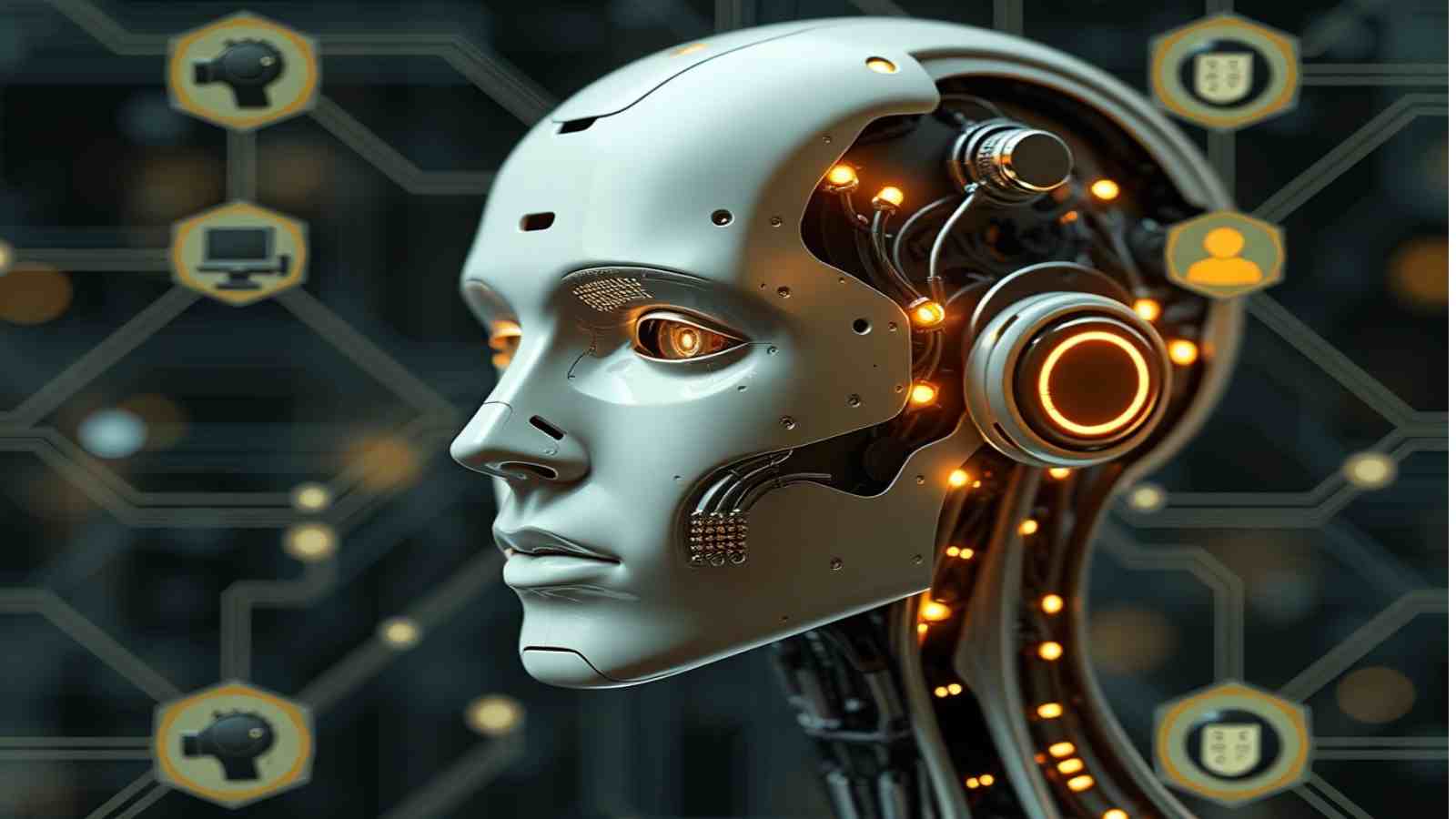When Janitor AI is not performing as expected, it can be due to various reasons. Below are some steps and potential root causes to help diagnose and resolve the issue.
General Troubleshooting Steps
- Check AI Logs
- Action: Examine the AI’s logs for unusual or recurring patterns that might indicate issues.
- Reason: Logs can provide insights into what the AI attempted to do before it failed, offering clues to the root cause.
- Verify Input Data Processing
- Action: Ensure AI correctly processes all required input data, such as sensor readings and user requests.
- Reason: Incorrect or incomplete input data can lead to failures in executing tasks.
- System Requirements Check
- Action: Confirm that the AI’s hardware and software environment meets the minimum requirements for operation.
- Reason: Inadequate system specifications can cause performance issues.
- Review Recent Changes
- Action: Evaluate recent changes or updates to the system, including software updates, new sensor integrations, and data augmentations.
- Reason: Recent changes might have introduced new variables that affect the AI’s performance.
- Scenario Testing
- Action: Test the AI in different scenarios to isolate the problem to a specific use case.
- Reason: This can help determine if the issue is universal or context-specific.
Potential Root Causes and Solutions

- Incompatibility or Conflict Due to System Update
- Description: The recent system update might have introduced compatibility issues with the AI’s execution environment or dependencies.
- Solution: Roll back the system update and test if the AI resumes normal operations. If so, investigate changes in the update that might conflict with the AI.
- Sensor Integration Issues
- Description: The new sensor integration could introduce unexpected data or noise, affecting the AI’s decision-making.
- Solution: Temporarily disconnect the new sensor and observe if the AI’s performance improves. If it does, calibrate the sensor or filter out noisy data.
- Data Augmentation Problems
- Description: Erroneous or misleading examples in the augmented training data may affect the AI’s ability to recognize cleaning tasks.
- Solution: Review and clean the augmented data set to ensure quality and relevance. Retrain the AI with the revised data.
- Algorithm Flaw
- Description: The new algorithm implemented in the software update may contain a flaw that disrupts the AI’s execution or decision-making.
- Solution: Revert the previous algorithm version to see if the issue persists. If not, debug the new algorithm to identify and correct errors.
- Hardware Failure or Degradation
- Description: Processor, memory, or storage problems could affect the AI’s performance.
- Solution: Run diagnostics on the server hardware to check for failures. Replace any faulty components.
- Network Issues
- Description: Network problems could prevent the AI from effectively accessing or processing real-time data.
- Solution: Check the network connections and configurations to ensure stable and efficient communication. Address any networking issues.
- Security Measures or Settings
- Description: New security measures introduced in the update might hinder the AI’s operation.
- Solution: Review the security settings in the recent update and adjust them to allow the AI to function correctly.
Expert Consultation

Given the complexity of the issue, consulting specific experts or teams can provide additional insights:
- AI Development Team
- Role: Can review the AI’s architecture, algorithms, and data processing to identify potential flaws or areas for improvement.
- System Integrators
- Role: Can analyze the compatibility and integration of new sensors and system updates with the AI’s operational environment.
- Data Scientists
- Role: Can evaluate the quality of the training data and the effectiveness of the AI’s learning models.
Frequently Asked Questions (FAQs)
- Why is my Janitor AI not responding to any commands?
- Answer: There may be several reasons behind this issue, including problems with network connectivity, incorrect system settings, or issues with the AI’s software. Start by checking the network connections and verifying that the AI has the necessary operating permissions and configurations.
- How can I check the AI logs for errors?
- Answer: Most systems provide a log management interface where you can track and review logs. Access this interface and look for error messages or unusual patterns indicating the AI’s malfunction.
- What should I do if recent system updates are causing issues?
- Answer: If problems arise after a recent update, consider returning the system to its previous state. Monitor the AI’s performance post-rollback, and if it improves, carefully review the update’s components to identify any conflicting changes.
- How can I ensure that my input data is being processed correctly?
- Answer: Verify that all sensors and input devices function correctly and transmit accurate readings. You can run diagnostic tests on these inputs to ensure they are correctly integrated with the AI system.
- What steps can I take if the AI’s performance degrades over time?
- Answer: Hardware degradation could be a factor. Run periodic diagnostics on your system’s hardware components, such as processors and memory units, and replace any parts showing wear or failure.
- How do I address sensor integration problems?
- Answer: Temporarily disconnect newly added sensors to see if the AI’s performance improves. If it does, recalibrate the sensors or apply data filtering techniques to mitigate noise or erroneous data inputs.
- What if the algorithm implemented in the AI contains flaws?
- Answer: Revert to the previous version of the algorithm and test the AI’s functionality. If the AI works fine with the older algorithm, debugging the new algorithm to identify and fix errors will be necessary.
- Is network issues affecting the AI’s performance?
- Answer: Yes, unstable or slow network connections can significantly impact the AI’s ability to process data in real time. Ensure that your network is robust and free of any configuration errors.
- Can security settings interfere with the AI’s operation?
- Answer: Certain security measures or settings introduced in recent updates might hinder the AI’s functions. Please review and adjust these settings to ensure the AI can operate efficiently while maintaining system security.
Conclusion
By systematically going through these steps and considering the potential root causes, you should be able to diagnose the main issues affecting Janitor AI’s performance. If the problem persists, don’t hesitate to consult with relevant experts to gain deeper insights and solutions.











